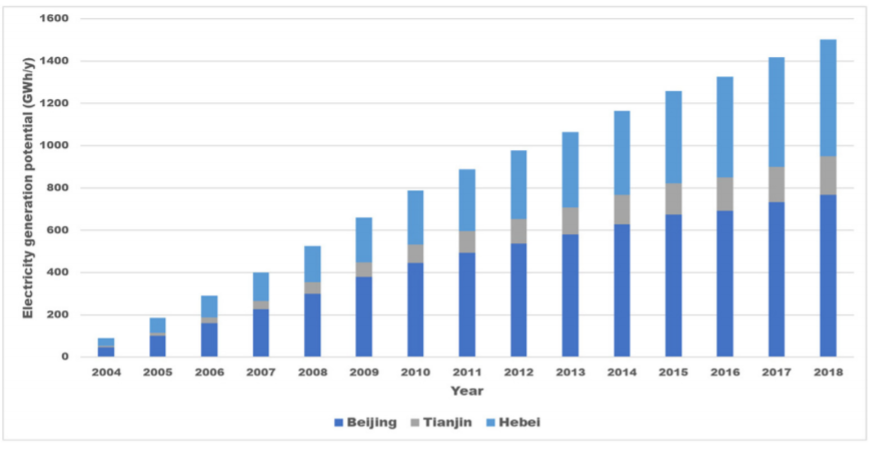Gassy Garbage: How Beijing Can Turn Its Trash Into Energy
How bad is the smog these days, really? Who is keeping tabs on the state of our drinking water? What has the government done about carbon emissions lately? In Beicology we turn our focus toward environmental news in the capital.
As trash piles up in Beijing’s suburbs, heaping landfills have earned a place at the forefront of the discussion about ecology in the capital (or as we like to call it, Beicology). Aside from being an eyesore, landfills produce methane – a powerful greenhouse gas –simply by existing, and as such, they are a significant factor in China’s impact on climate change.
Some countries have implemented a creative solution – extract the methane gas generated from the landfills and burn it to create clean electricity! But could such a solution work in China’s capital? A new study from the Center for Energy and Environmental Policy Research at the Beijing Institute of Technology suggests that it can!
The authors of the study begin by laying out the dire need to address Beijing’s landfill problem, as well as the issue within China as a whole.
Approximately 80% of China’s municipal solid waste is produced by residences. The quantity of municipal solid waste produced in China in 2017 was 200,000,000 t and by 2030, municipal solid waste is projected to be double that of the United States... As a partner to the UN Framework Convention on Climate Change, the government officially announced the “China’s National Independent Contribution” in June 2015, with the pledge to cut its carbon intensity by 60%-65% by 2030.
... From 2004 to 2018, Beijing collected 98,480,000 t of municipal solid waste for disposal. Nearly 68,580,000 t of the collected waste was disposed of in landfills, 18,500,000 t were incinerated, and 3,360,000 t were composted

The benefits of implementing a gas plant solution are clear: A previous study found that Beijing has the potential to convert landfills into 14.4 hundred thousand megawatt hours of electricity and that it would cut the equivalent of 96 million tons of CO2 by doing so.
That’s all well and good, but the authors of this latest study went a step further to ask, is such a feat economically feasible? To find the answer, they looked at a number of factors – how would variations in the efficiency of gas collection and power affect the viability of Beijing’s economy?
But the most important factor of all, the authors claim, is something called the discount rate. Without getting too deep into the economics, suffice it to say that this rate reflects how much time energy companies would have to pay back loans from investors. The lower the rate, the easier it is for companies to operate.
The authors estimate an initial discount rate of about 10 percent. The problem is, such rates fluctuate. What if companies can operate at the current rate, but will flop if the rate ticks up a few points? The study suggests that such a thing could very well happen in neighboring Tianjin, which they estimate cannot handle a discount rate over 10 percent.
But Beijing is a different story. Its more robust economy, they conclude, is able to withstand a discount rate of up to 15 percent, meaning that, economically speaking, turning Beijing’s landfills into the city’s new source of electrical power is logistically achievable.
However, even if implemented, this doesn’t mean that Beijingers can start tossing out everything with a carefree heart, and the city’s efforts to reduce plastics in landfills will not have been for naught. In fact, this study reconfirms previous studies that found high amounts of plastics in landfills can slow down methane production, making the project less feasible.
In other words, solutions like this are something to celebrate, but “reduce, reuse, recycle” will always be a must for eco-conscious Beijingers.
READ: Seismic Shunyi: New Study Doubles the Estimated Number of Fault Lines Under Beijing
Images: Renminwang, Dan Cudjoe







